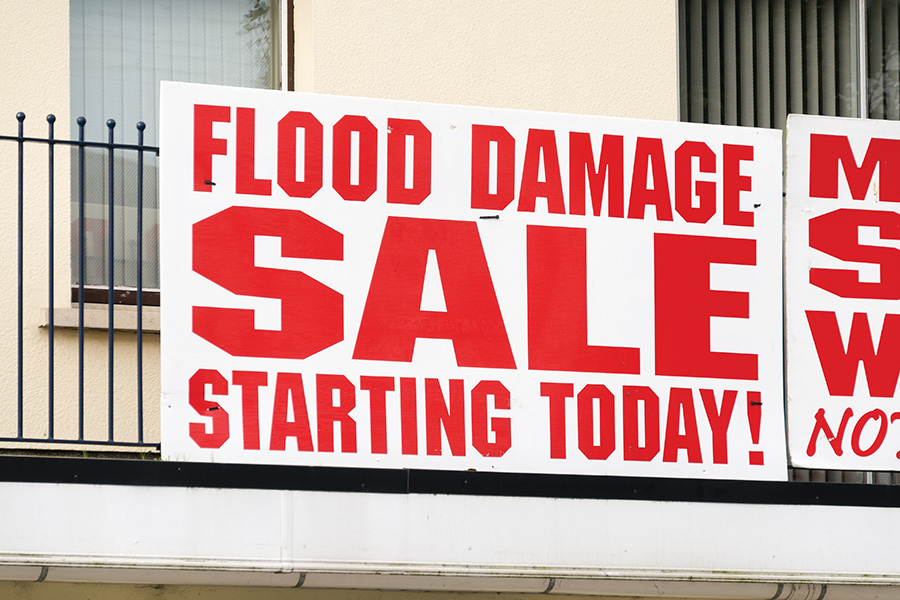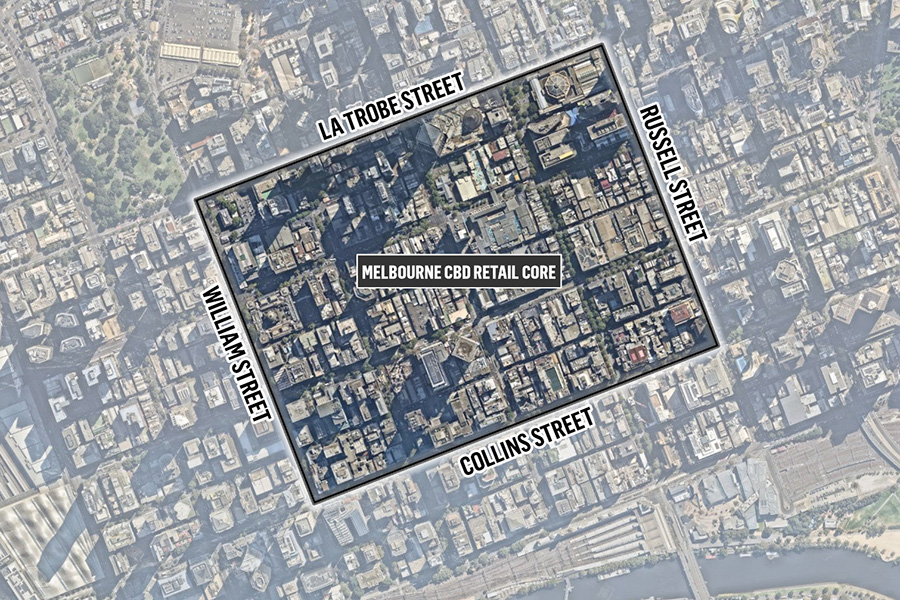We live in a time of natural disasters; floods, storms, fires and the like! Often, property is a casualty. In our business, it leads to loss of stock, damage to fit-outs, closures of retail stores. As Robert Speirs points out, this is leading to some serious ‘stress testing’ in the world of Retail Leases.
As we all know, the eastern States of Australia have been enduring flood and other natural disasters of biblical proportions.
These disasters have also subjected the damage and destruction provisions of retail shop leases to some serious stress-testing.
These provisions usually embody the principle that if the premises are damaged or rendered inaccessible, rent abates until the premises are restored. If the damage is only partial, then rent abates in proportion to the extent of the damage.
The retail lease legislation has also piled into this issue: see, for example, s36 in NSW, which is to the effect as summarised in the previous paragraph.
The application of these provisions in practice produces outcomes which have come as a surprise to a number of industry participants.
If we go back to first principles, the landlord leases ‘the Premises’ to the tenant. In shopping centre leases the ‘Premises’ are usually described as a concrete box, defined by the concrete floor, the concrete slab above, and the exterior walls. Under the lease, the tenant obtains exclusive possession of the area so defined, for the agreed term of the lease.
If we take that analysis back to the damage and destruction provisions of the lease, if ‘the Premises’ (ie the concrete shell described above) are damaged, the rent abates until the damage is repaired.
For example, if the damage is storm-water entry through the roof, which completely obliterates the tenant’s fit out and stock, once the landlord has repaired the damage to the roof, the abatement ends, (because ‘the Premises’ have been repaired), and the rent clock is turned back on, even though it may take the tenant a further two months to re-fit and re-stock the premises.
A superficial review might find this outcome harsh, but let’s think about it.
1. The outcome is the logical result of the drafting of the lease (and the retail lease legislation). If the lease says that the abatement lasts until the premises are repaired, then the outcome is in accordance with the contract. If the tenant wanted a rent-free fit-out period following reinstatement of the premises, then it could have negotiated for it. If the legislation thought the tenant should be entitled to a rent free fitout period following reinstatement, then presumably it would have said so.
2. It is a first principle of the lease that the tenant has exclusive possession of the premises. The landlord has no right to go into the premises and execute the tenant’s work, and should have no say in the tenant’s design and selection of materials (other than at a basic level of being satisfied that the design and materials are compliant and safe, and produce the level of presentation appropriate to the Centre).
3. For those who think the abatement should last until the tenant has re-fitted and re-stocked, what happens if the tenant takes advantage of the disaster to disappear on a well-earned vacation for three months, then returns and does the re-fit on a casual, part-time basis. Should the tenant get an abatement for the time it has taken on vacation? The landlord has no control over how long it takes the tenant to re-fit and re-stock.
4. There is nothing in the above analysis to deprive the tenant of its right to recover all of its loss and damage from the landlord, if the damage to the tenant’s shop and property is a result of the landlord’s negligence or breach of the lease.
5. If the damage is not the result of landlord negligence or breach, then the loss is tenant risk. The tenant can insure its property and business against this type of risk, in precisely the same way in which the landlord is expected to insure the Centre against accidental damage.
If the tenant thinks the landlord is procrastinating in repairing the damage it has a number of remedies:
1. The damage and destruction clause usually gives the tenant a right to terminate the lease if the landlord does not prosecute the reinstatement within a ‘reasonable time’ following notice from the tenant requiring it to do so (and see NSW RLA s36(1)(d)).
2. Section 34 of the RLA in NSW (there is reciprocal legislation in all of the other jurisdictions) provides that if the lessor fails to adequately repair the centre ‘as soon as reasonably practicable’ after written request from the lessee, the lessor must pay reasonable compensation to the lessee.
People will have different perspectives on what is a reasonable time or on what is a reasonably practicable time, but obviously things like continuing inclement weather and the difficulty of securing contractors are factors to be taken into account.
And just pausing here, the requirement in s34 is to repair ‘as soon as reasonably practicable’ after notice. The requirement in s36 is to repair ‘within a reasonable time’ after request.
Can someone please explain to me what is the difference between these two concepts and why these two provisions, cheek by jowl, deal with what is really the same thing using different drafting?
Presumably, a ‘reasonable time’ is a less exacting standard than ‘as soon as reasonably practicable’, but if so, why is it more urgent to remove an impediment to trading under s34, than it is to repair an impediment to trading (ie the damage to the centre) under s36? Someone smarter than me has no doubt worked that out.
This article was first published in SCN’s Little Guns edition – premium members can view the digital magazine here





















